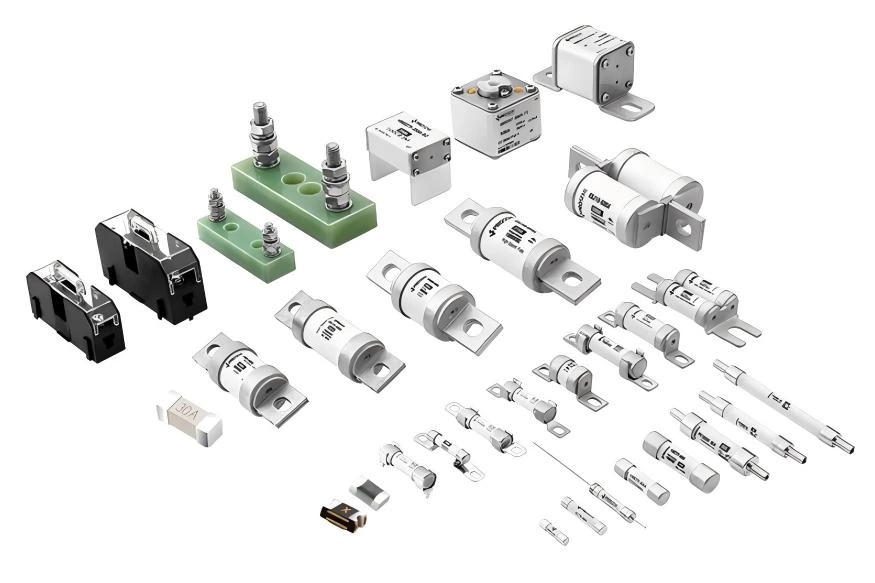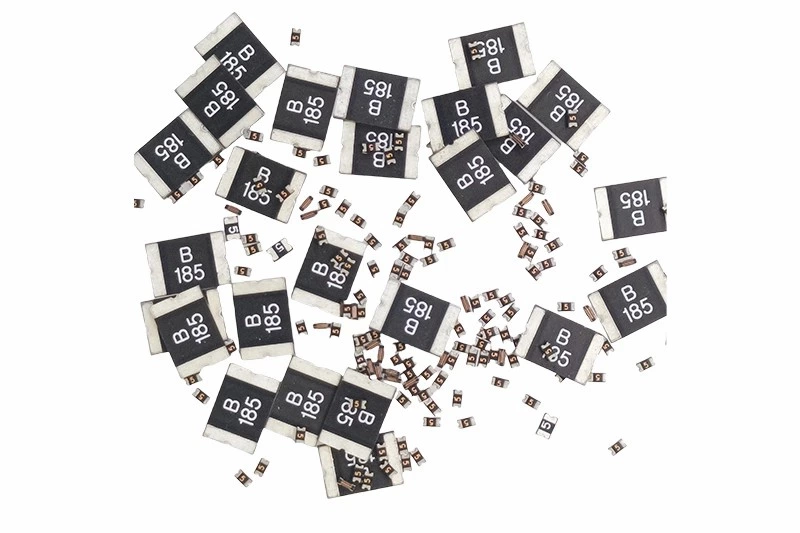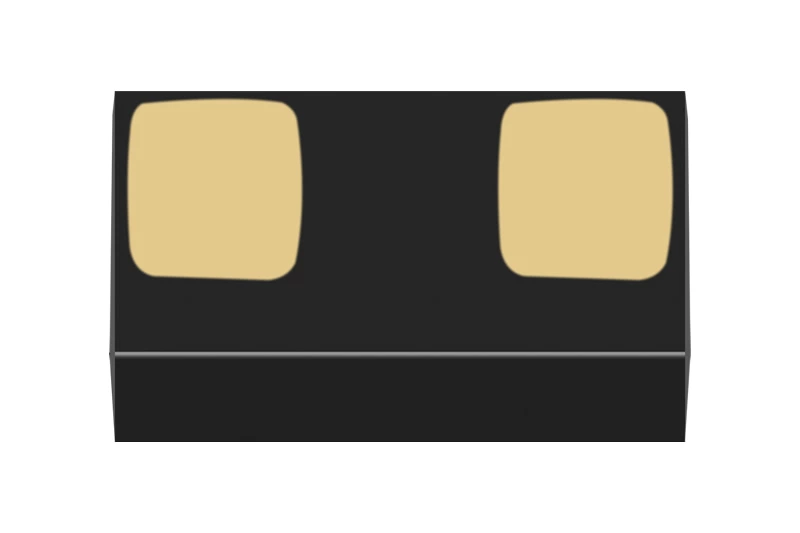What Circuit Protection Devices Are Used In Automotive Applications?
Modern vehicles rely on complex electronic systems that control everything from engine performance to infotainment and safety functions. As these systems become more sophisticated, the need for reliable circuit protection devices grows ever more critical. These components help safeguard automotive electronics from overcurrent, overvoltage, and electrostatic discharge (ESD) events, ensuring long-term stability and safety.

1. Fuses
Fuses are the most common protection components in automotive circuits. They prevent excessive current from damaging wiring or electronic modules.
- Blade Fuses – widely used in passenger cars for general circuit protection.
- Mini and Micro Fuses – suitable for compact spaces in modern vehicle architectures.
- SMD/Chip Fuses – used in automotive ECUs, sensors, and infotainment systems for precise and fast protection.

2. Resettable Fuses (PTC Thermistors)
Unlike traditional fuses that must be replaced after tripping, resettable PTC fuses automatically recover when the fault is cleared. They’re ideal for protecting USB ports, LED drivers, and communication lines in vehicles.

3. TVS Diodes (Transient Voltage Suppressors)
TVS diodes protect sensitive ICs and signal lines from voltage spikes caused by load dump, inductive switching, or lightning surges.
- Automotive-grade TVS diodes are crucial for ECUs, ABS, and airbag control modules, as they react within nanoseconds to transient voltages.
- They come in both unidirectional and bidirectional versions, depending on the circuit type.

4. ESD Suppressors
ESD protection devices safeguard low-voltage circuits from static discharge, especially during maintenance or user interaction. They are typically used in touchscreens, sensors, and infotainment interfaces, ensuring long-term reliability and compliance with automotive ESD standards (like ISO 10605).
5. Varistors (MOVs)
Metal Oxide Varistors (MOVs) clamp high-voltage transients on power lines and relay contacts. They’re commonly used in starter motors, alternators, and power distribution units, where high-energy surges may occur.
6. Diodes for Reverse Polarity Protection
Schottky and Rectifier diodes prevent damage caused by incorrect battery connection. They provide a simple yet effective way to block reverse voltage and protect critical loads in power management circuits.
7. Relay and MOSFET Protection Components
Freewheeling diodes or snubber circuits protect relays and MOSFETs from voltage spikes generated when inductive loads (such as motors) are switched off.
Why Circuit Protection Matters in Automotive Systems
Proper circuit protection ensures:
- Safety: Prevents overheating, fires, or component damage.
- Reliability: Enhances the durability of ECUs and wiring systems.
- Compliance: Meets strict automotive standards like AEC-Q200 and ISO 7637-2.
With electrification and autonomous driving advancing, circuit protection design has become a critical part of automotive electronics engineering.